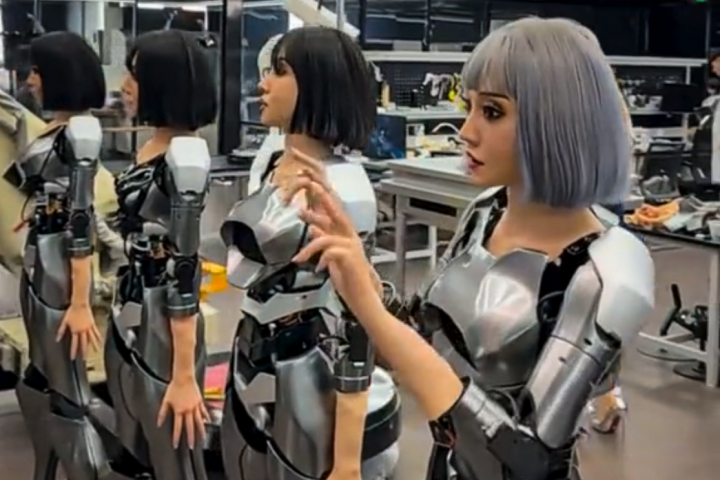Although it's not that uncommon to encounter people riding Segways, self-balancing vehicles haven't revolutionized urban transport as some expected. Created by Argentinean inventor Marcelo Fornaso, TILTO is a new incarnation of the idea behind the Segway. It replaces the stiff platform and wheels with tilting equivalents, while eliminating handlebars or a steering wheel. It is an electrically powered, single-person vehicle, with a maximum range of 15 km (9,32 miles) and top speed of 20 kph (12 mph).
TILTO (from "tilt and go") has no handlebars so turning TILTO is achieved by leaning sideways, which surprisingly is safer than turning a Segway, according to Fornaso. When turning a Segway at high speed, there are forces pushing the driver out of the vehicle. Turning by tilting reportedly eliminates this problem, since there's an inertial system that prevents the driver and vehicle from falling during turns. "It produces the left wheel to accelerate and the right wheel to decelerate proportionally," Fornaso says.
The vehicle can go forward, backward or stand still without falling over.

There are multiple accelerometers and gyro sensors implemented in TILTO, and the whole system is controlled via a "microprocessor and processed by a sophisticated piece of control software." The prototype is fully home-built, made from scratch in Buenos Aires, with the help of Fornaso's friends. The experimental prototype had its first street test on June 12, and the footage from the test can be viewed below.
Fornaso is definitely not the first inventor in the race to revolutionize urban transport with a self-balancing, single-seated electric vehicle. TILTO will join the likes of the Solowheel and Honda U3-X working prototype unicycles.
Source: Engadget






